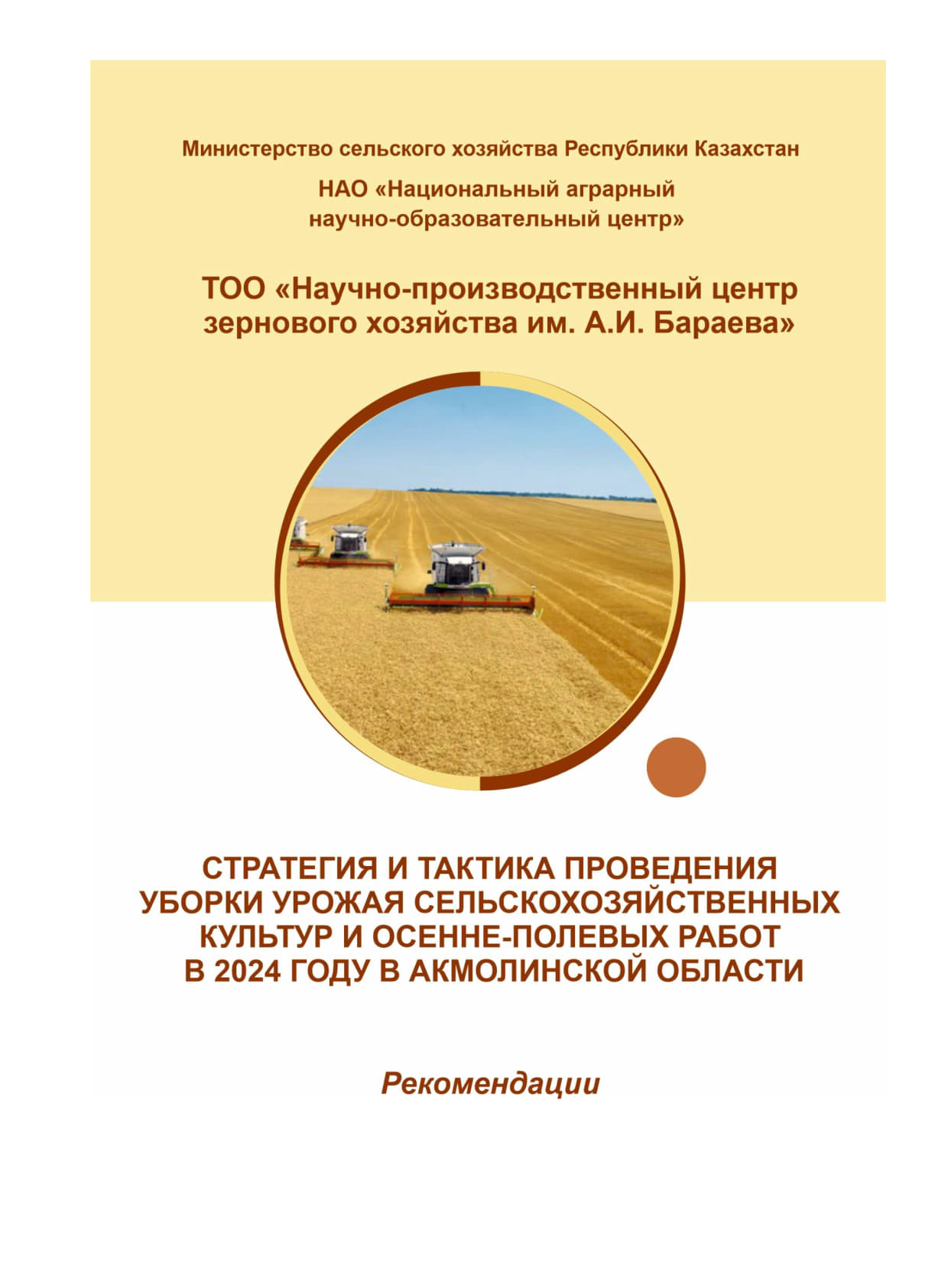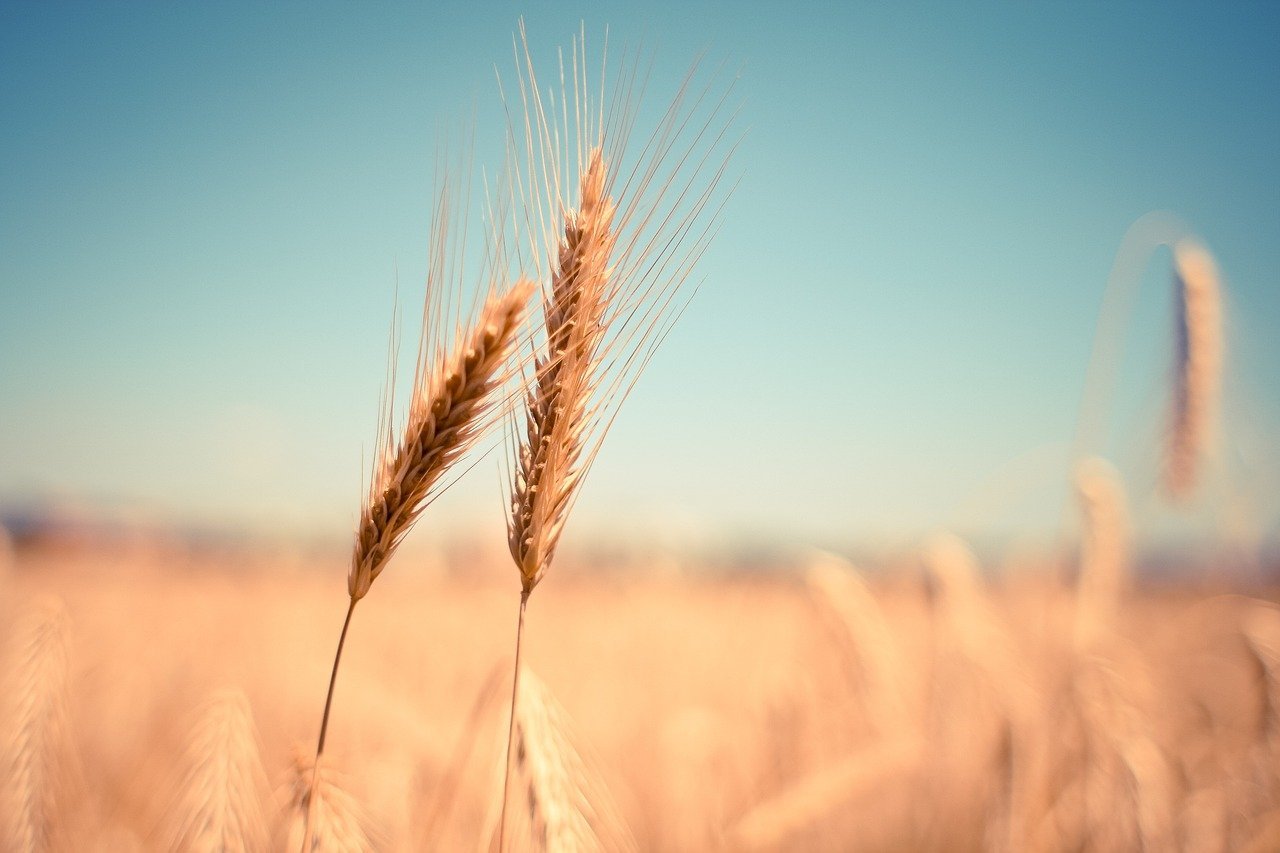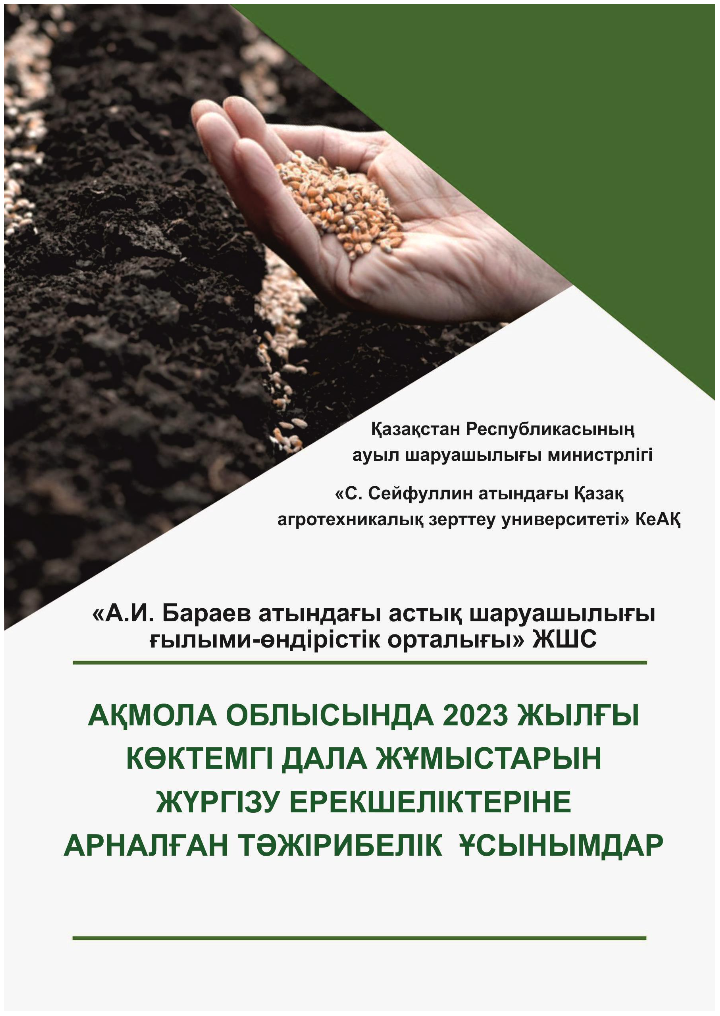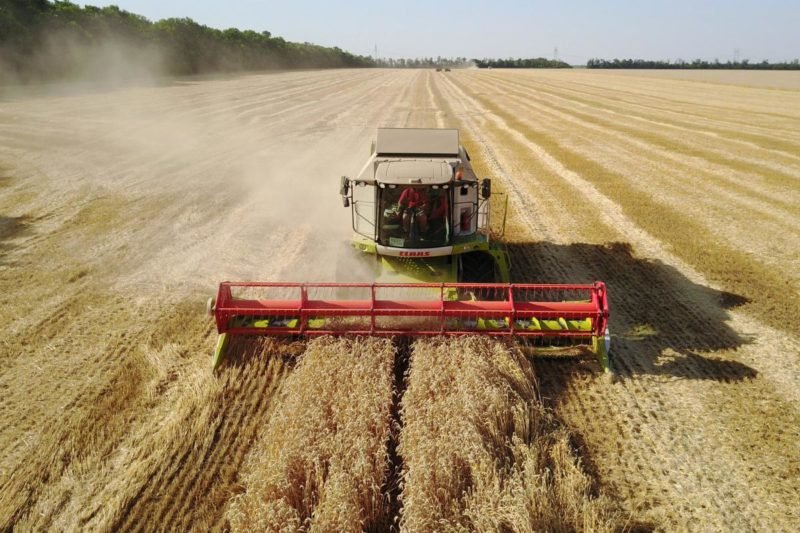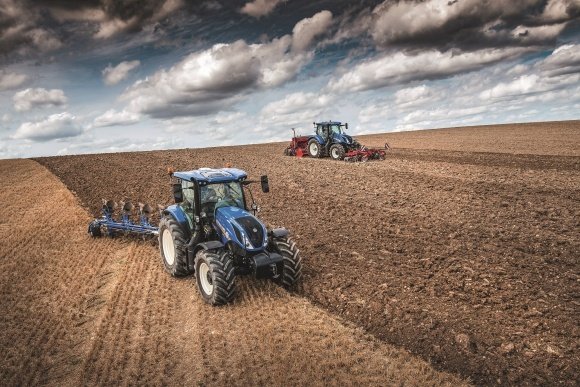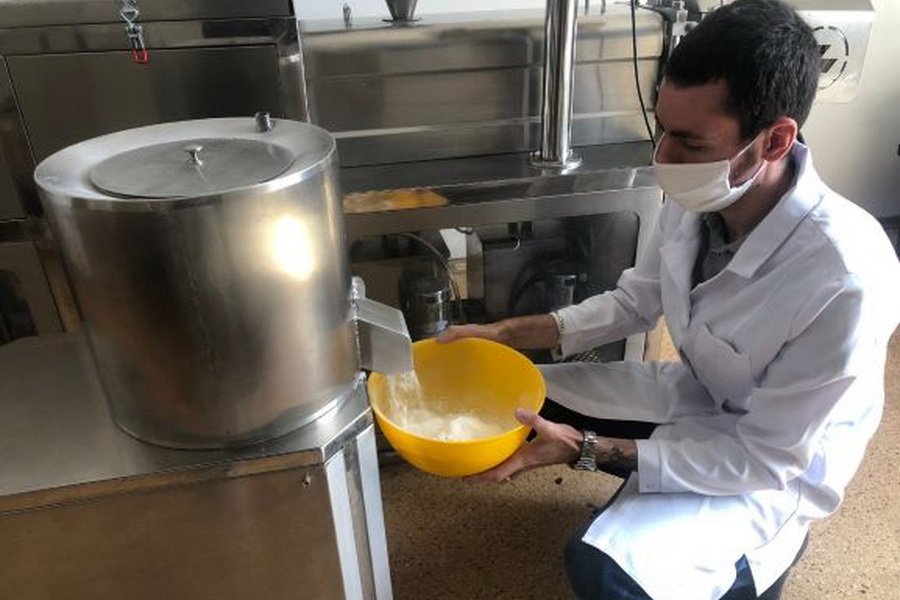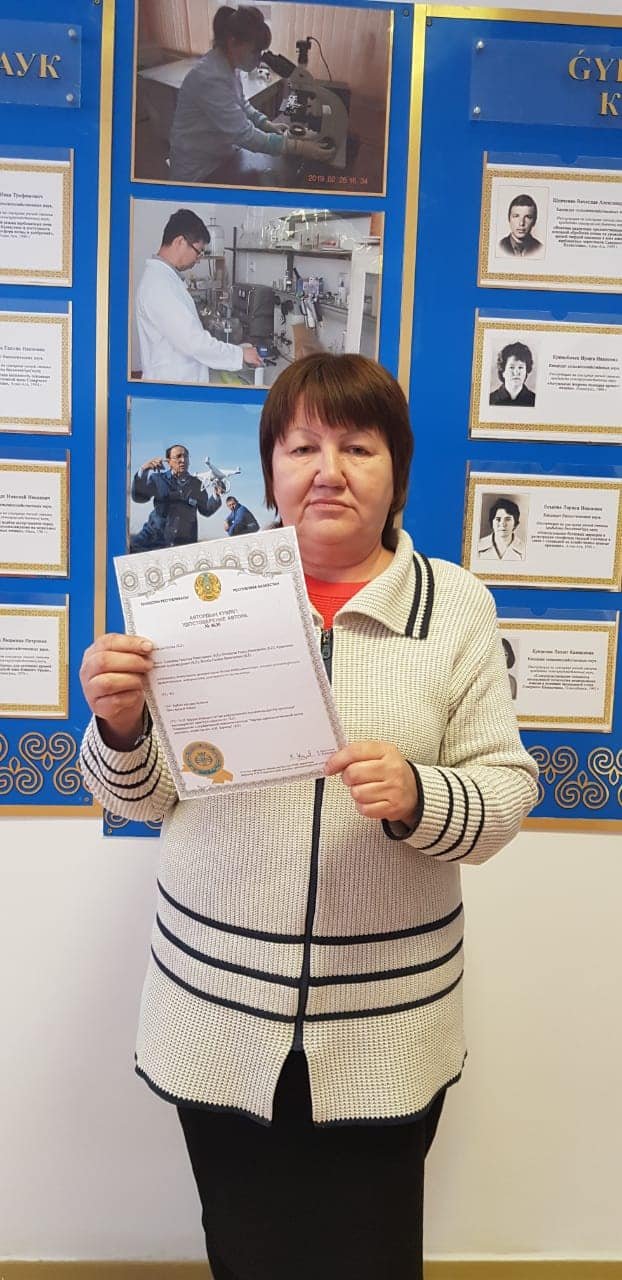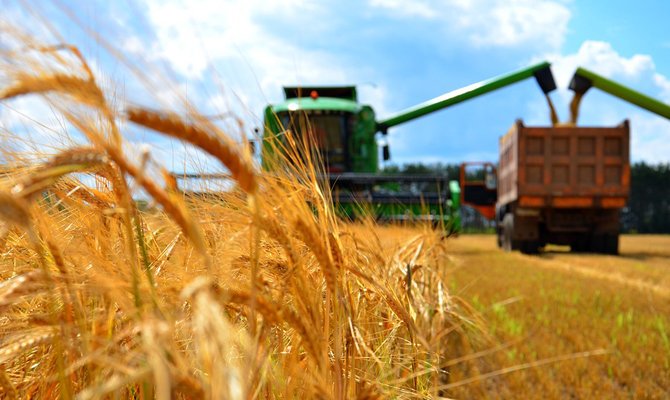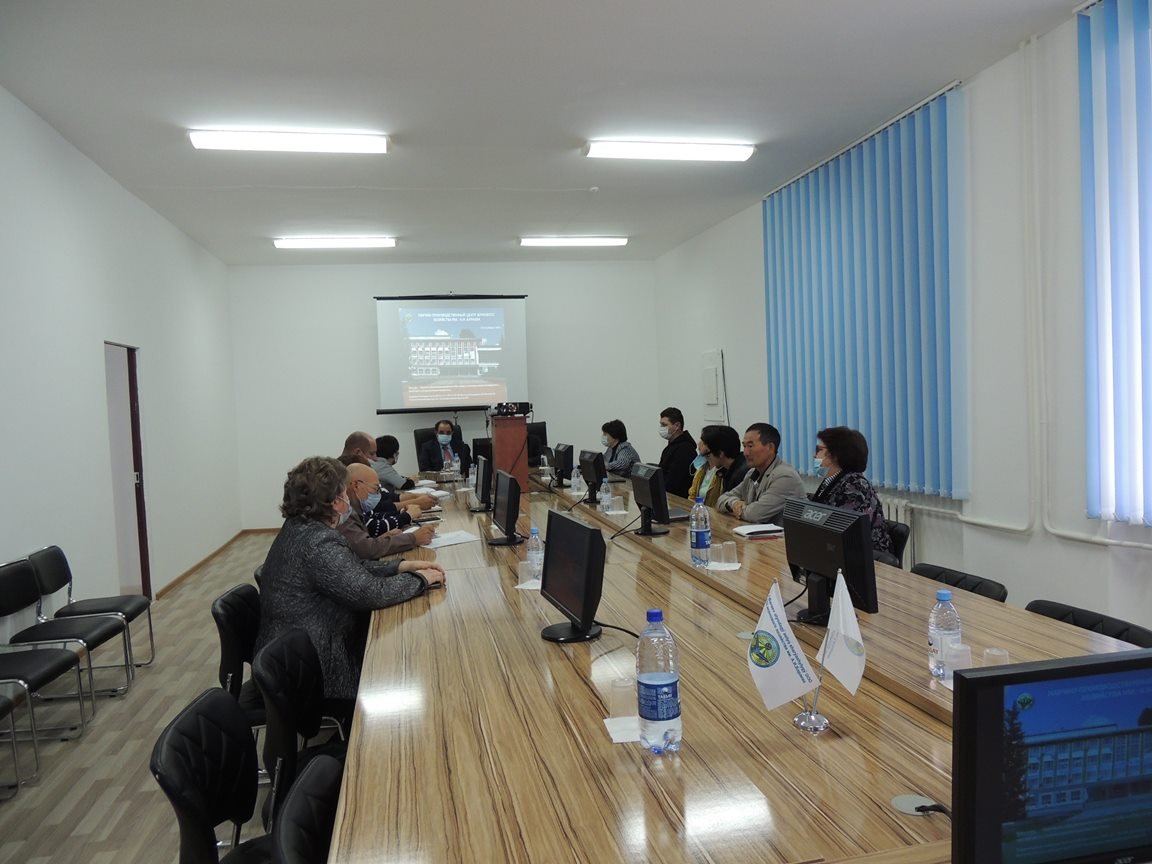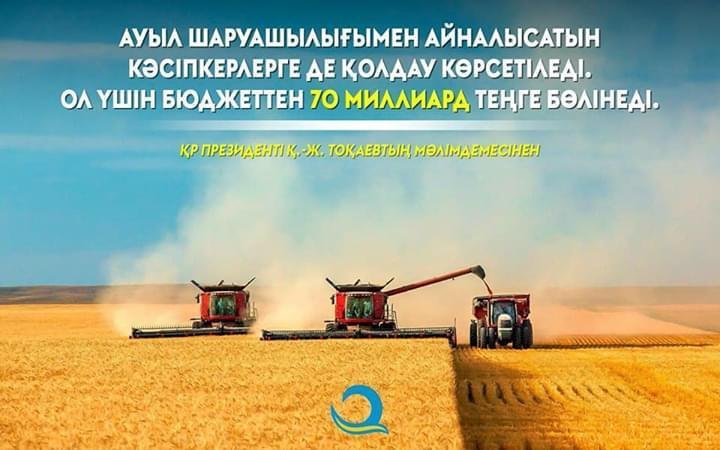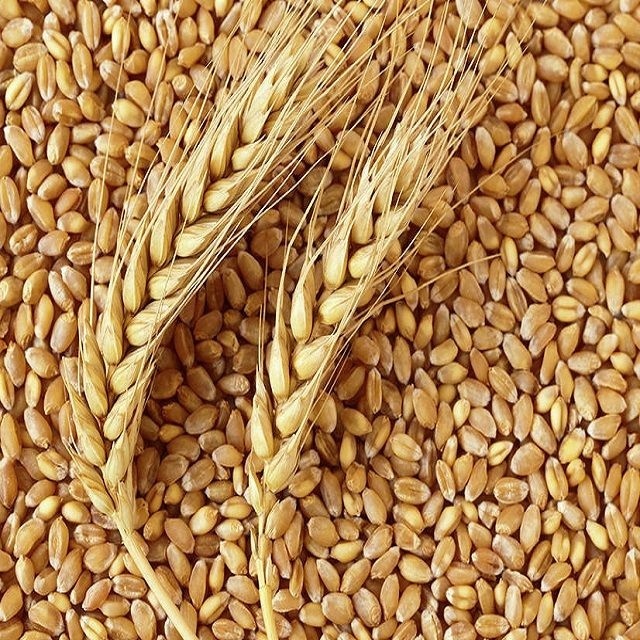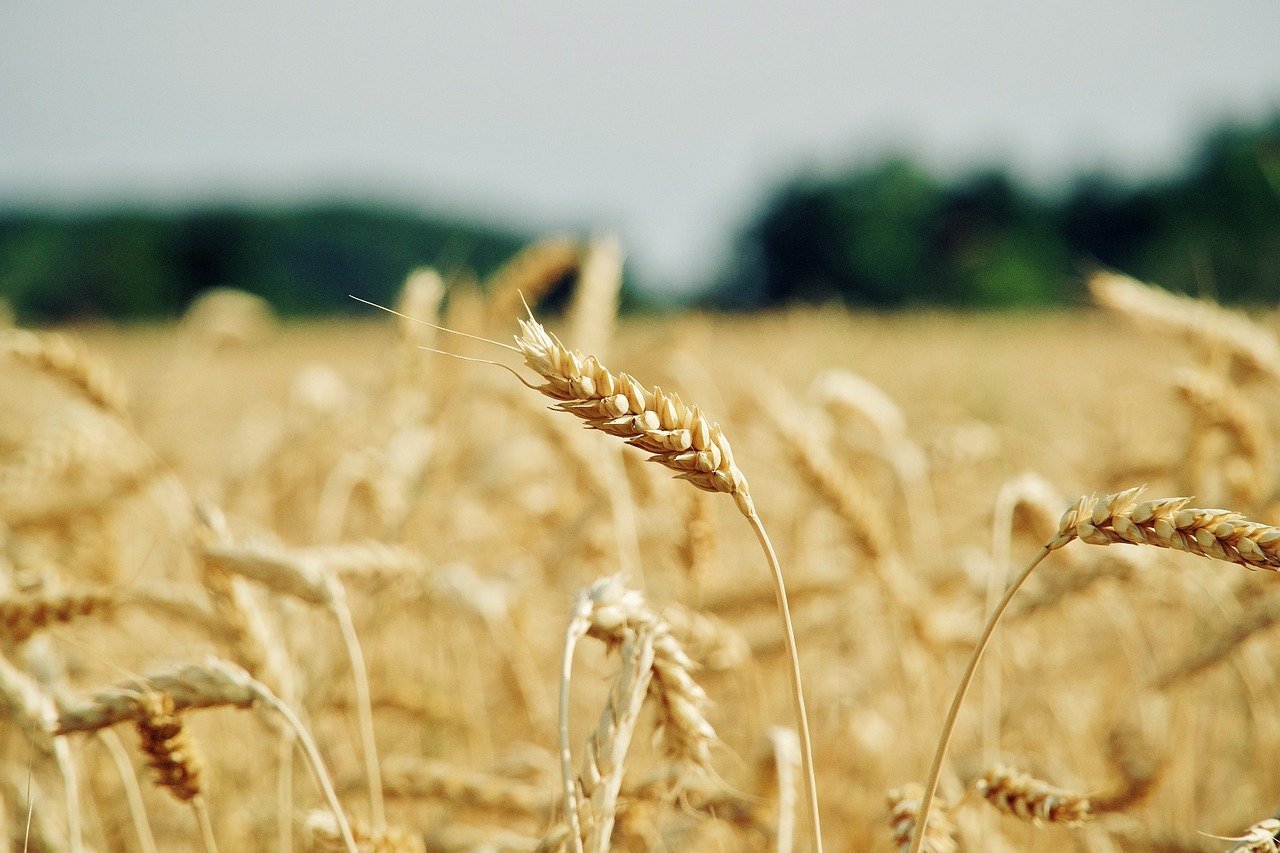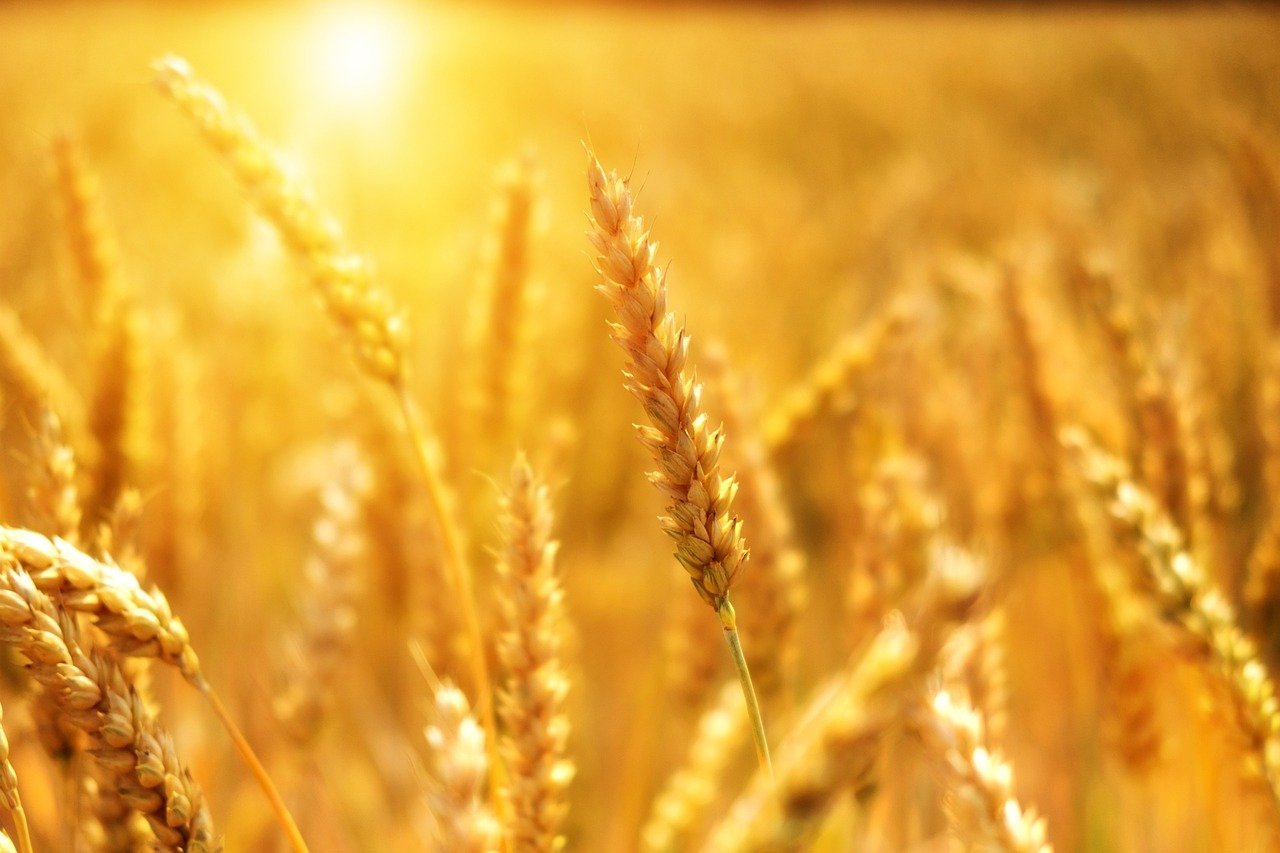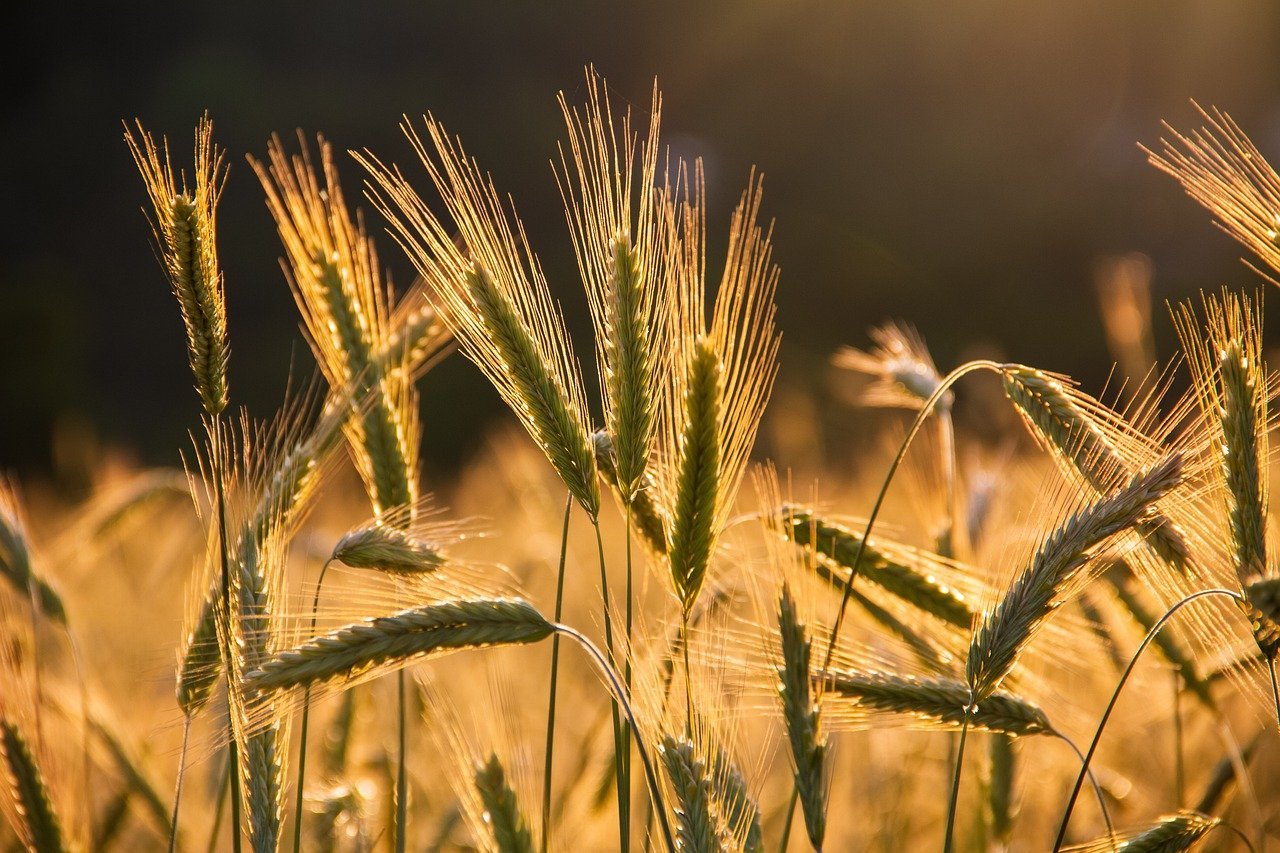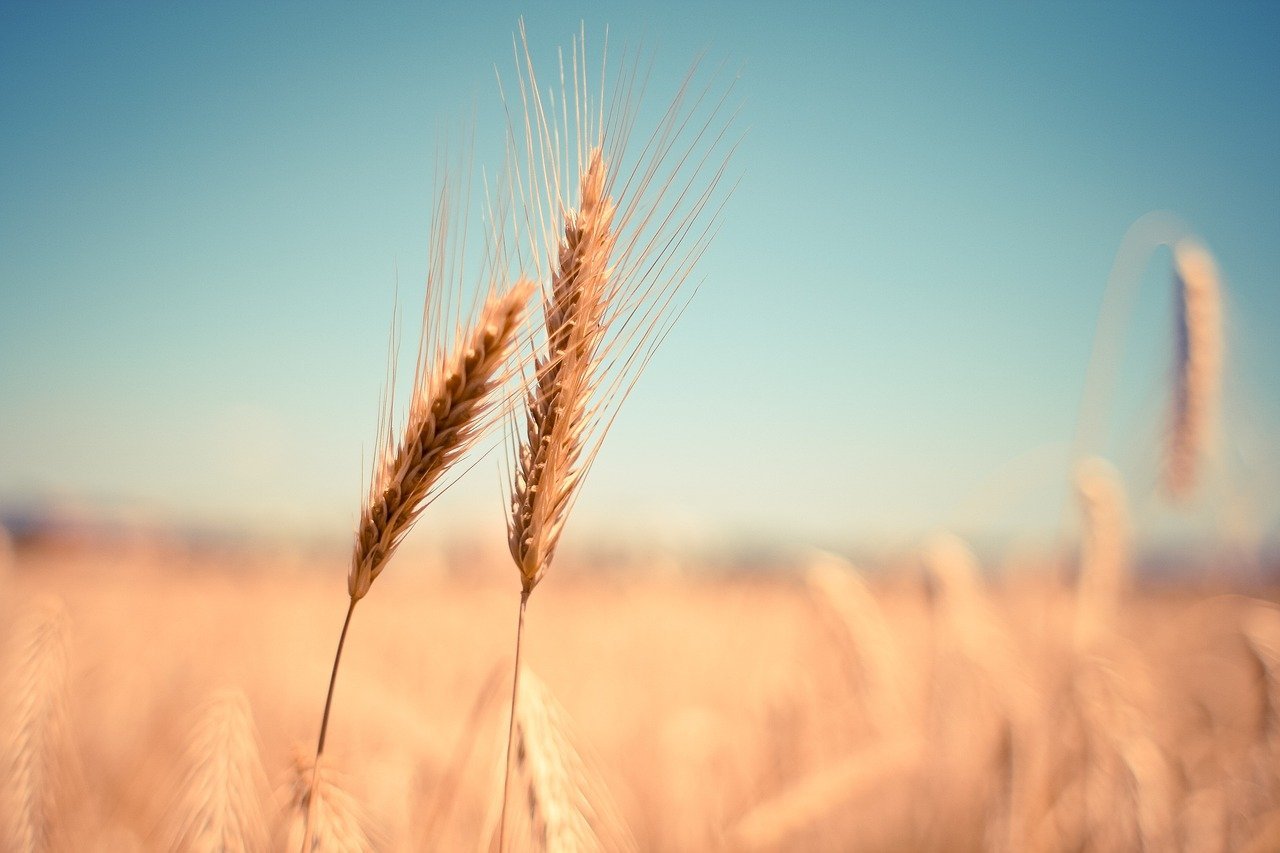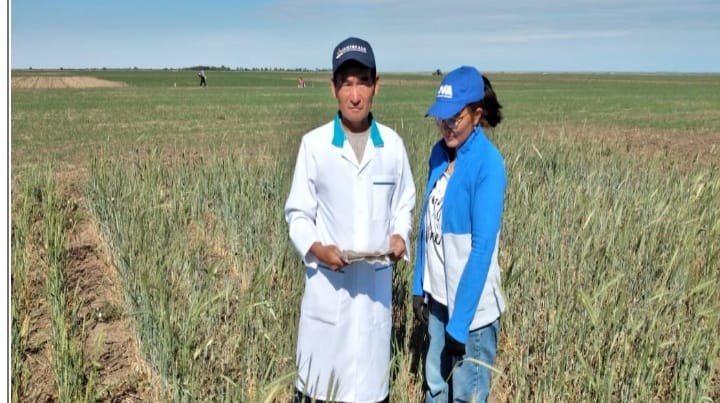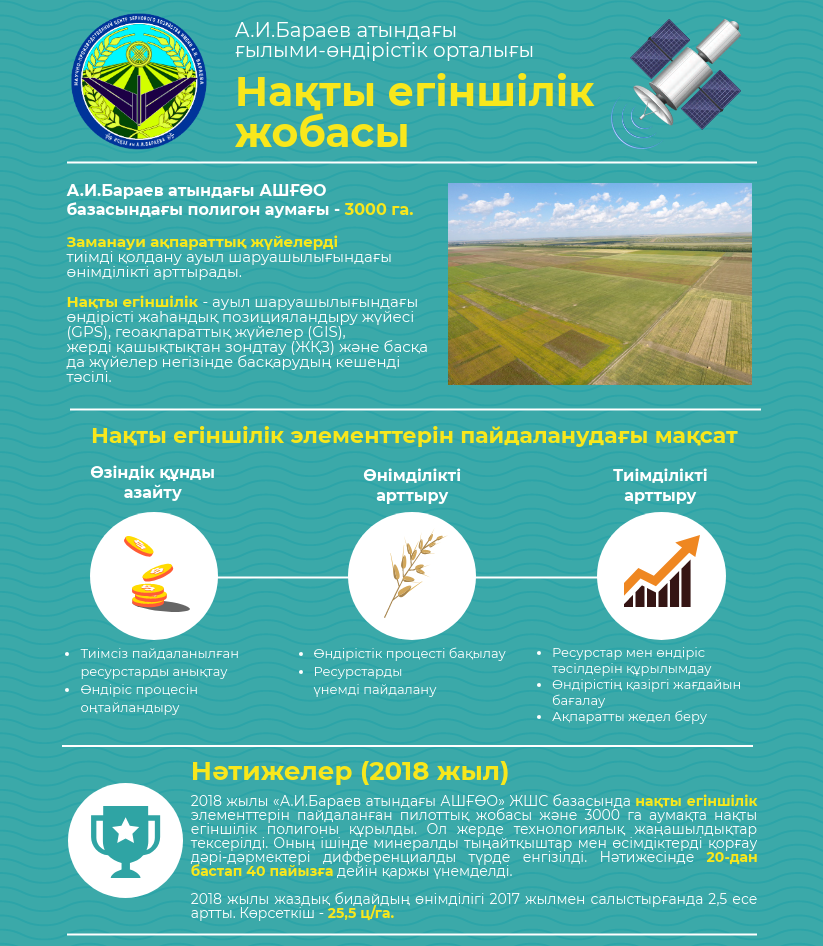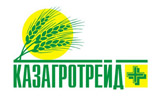Varieties of fodder grain crops of SPC GF named after A.I. Barayev breeding are in great demand among farmers
Главная / News / Main news
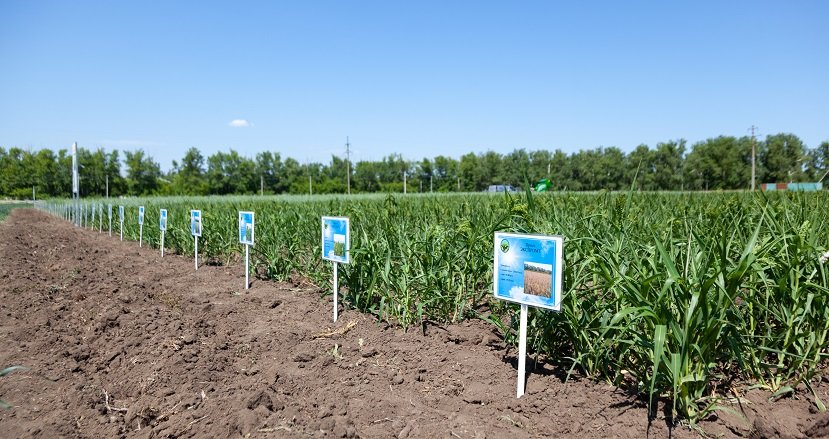
One of the most important has always been and remains the problem of preserving health and increasing human life expectancy. Our health is largely determined by the food we eat. Currently, special attention is paid to rational nutrition, the main concept of which is to supply a person with the necessary amount of energy and protein for normal life. In modern conditions, food security issues are becoming particularly relevant. The growth rate of the world population is higher than the rate of production of food and agricultural products, and trends leading to a decrease in the number of resources needed to create basic foodstuffs further exacerbate the problem.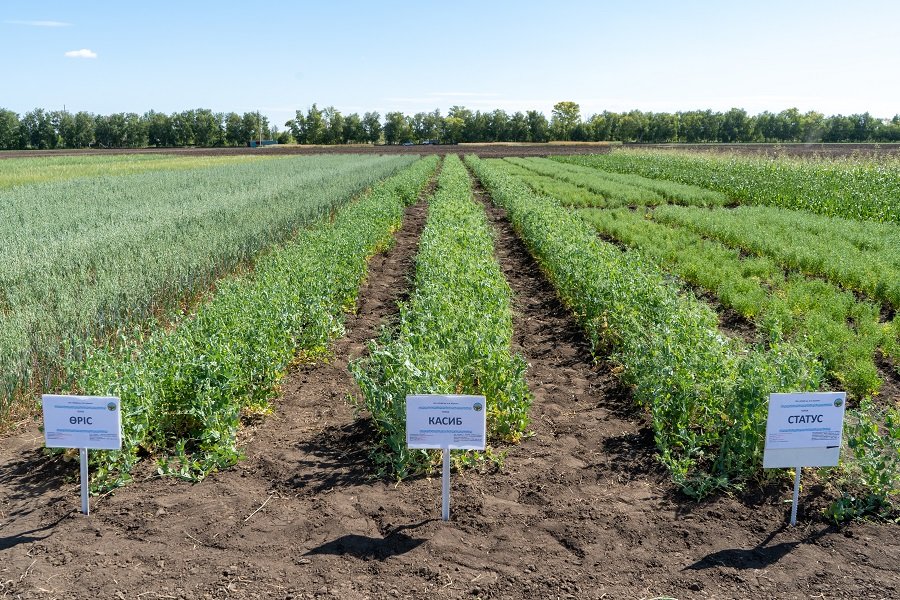
Ensuring food security is a complex, multifaceted issue that includes economic, social and political aspects. At the same time, it is known that the main source of energy is foods rich in carbohydrates, proteins and fats. The first place among them is occupied by grain products containing up to 70% carbohydrates, having high digestibility and providing more than half of the energy needs of the daily human diet.
One of the main directions in the Republic of Kazakhstan remains the diversification of crop production of agricultural crops based on the preservation of soil fertility and minimal cultivation technologies. Ensuring sustainable fodder grain production of grain and cereal crops will significantly increase and strengthen the role of grain production in the country's economy, will involve significant amounts of land resources in agricultural production, increase employment in the grain industry, increase the export potential of the Republic of Kazakhstan.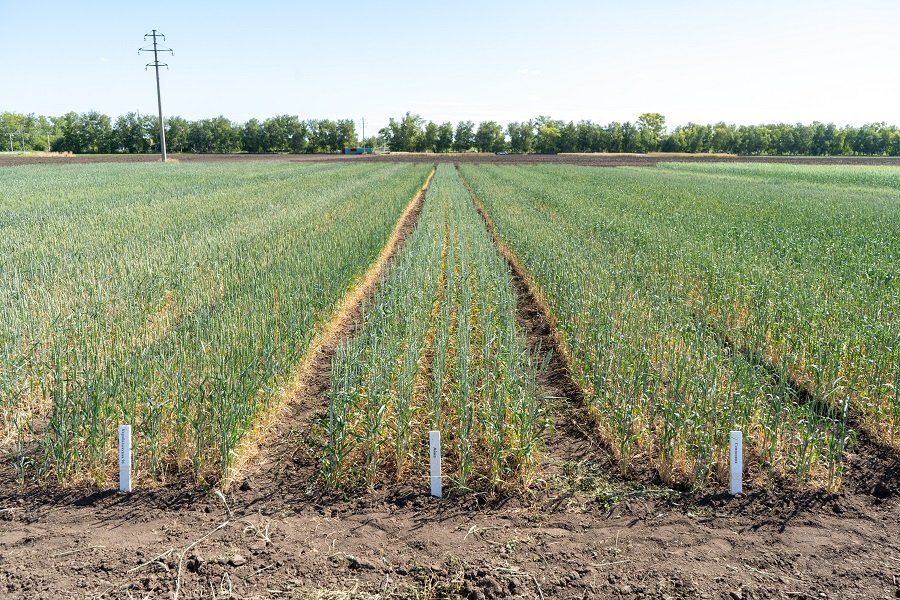
The huge economic importance of fodder grain and cereal crops is determined by the ability under certain conditions to long-term storage without significant changes in their properties and nutritional value, as well as high transportability. Fodder grain and cereal crops and products that are obtained through their processing are a national treasure and a powerful factor in ensuring the country’s food and economic security.
Barley and oats belong to the fodder grain crops studied at the “SPC GF named after A.I. Barayev” LLP, while buckwheat and millet belong to cereals. The grain of these crops is used for both food and fodder purposes.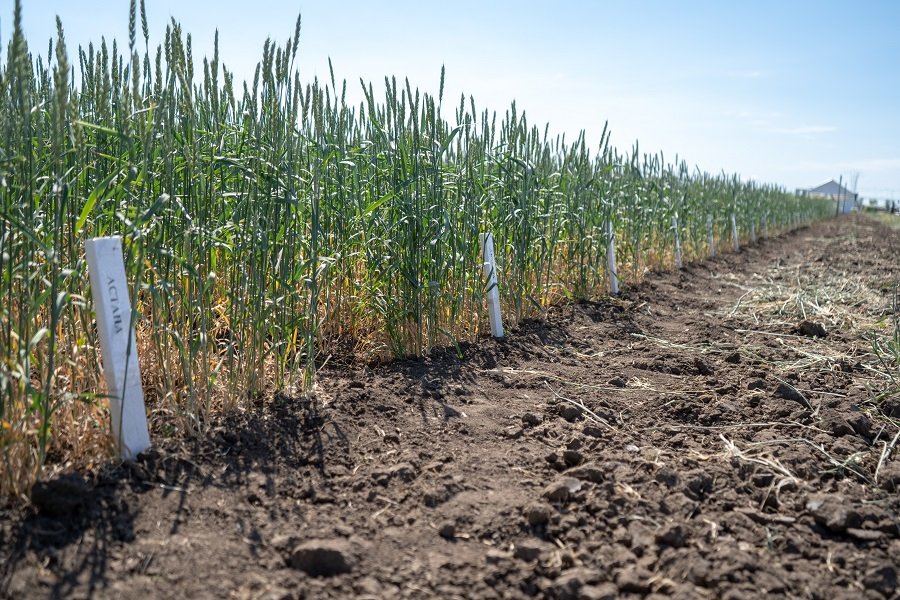
During 2018-2020, the breeding of fodder grain and cereal crops was not carried out in “SPC GF named after A.I. Barayev” LLP, as there was no state funding for these programs. In this connection, these cultures were not given due attention. In 2021, the staff of fodder grain and cereal crops breeding laboratory of the SPC GF named after A.I. Barayev resumed work on the barley, oats, buckwheat and millet breeding. The main priority in breeding work remains the creation of high-quality and competitive varieties of these crops.
The Government of the Republic of Kazakhstan has set a task for agricultural producers to saturate the domestic market with food products of such socially significant crops as buckwheat, potatoes, sugar beet. In this connection, the sown area of buckwheat in 2020 increased by 39 thousand hectares compared to the level of 2019 and amounted to 103 thousand hectares. The average yield of buckwheat in the country is 1.5-1.7 t/ ha. But with good agricultural technology, it can produce 2.5-3.0 t/ha. The low yield is explained by higher demands on moisture, low fruit setability, simultaneous formation of leaf surfaces and generative organs, low agricultural technology. The straw obtained during harvesting and especially chaff can be used for livestock feed.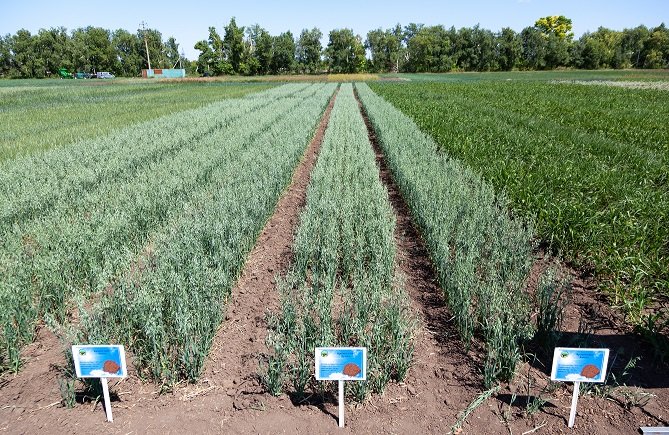
The average yield of millet in the Republic of Kazakhstan is 1.19–1.55 t / ha, but in advanced farms millet is obtained by 3.0-4.5 t / ha. Millet straw obtained during harvesting is an excellent feed for all types of livestock.
Especially popular among farmers are varieties of fodder grain crops of the breeding of “SPC GF named after A.I. Barayev” LLP. According to the Ministry of Agriculture of the Republic of Kazakhstan, in 2020, the total sown area of barley in the Republic of Kazakhstan was 1,969,979.43 hectares, of which 636,154 hectares (32.3%) are occupied by varieties of our Center's breeding. Thus, the Astana 2000 spring barley variety occupies an area of 298,650 hectares only in the Akmola region. This variety also occupies significant areas in North Kazakhstan, Kostanay and Pavlodar regions.
Spring oats in the structure of sown areas covers an area of 211,683,042 hectares, of which the SPC GF varieties - 20,847.5 hectares (9.8%). The most beloved among the varieties of spring oats are Bitik and Arman, the area occupied by these varieties in the northern regions of Kazakhstan is 9,906 and 9,554 hectares, respectively. Among the early spring crops, barley and oats, as the most plastic crops, yield more stable yields, on average about 1.6 t/ha in the country, while the potential yield of these crops can reach up to 3-7 t/ha.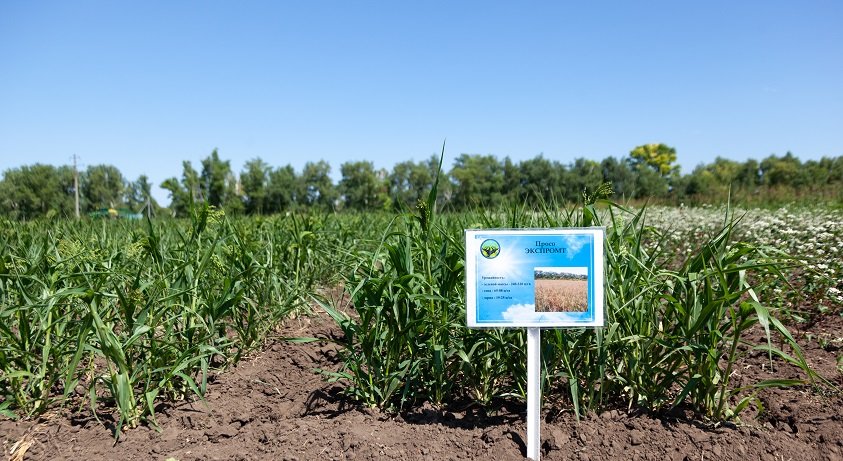
Currently, the State Register of Breeding Achievements recommended for use in the Republic of Kazakhstan includes: 6 varieties of spring barley, 5 varieties of spring oats, 3 varieties of millet and 4 varieties of buckwheat, but these figures are negligible on the scale of the Republic.
Breeding requires a lot of patience, time, dedication and creativity. This process begins with the selection of the original genetic material with the necessary characteristics, and ends, at least six, and mostly ten to twelve years later, with the creation of a new variety or hybrid. This activity is not for the faint of heart!
In order for a new variety to be put into commercial production, it needs to be thoroughly tested. The tests are carried out under different types of production and weather conditions. It is necessary to know exactly how the variety reacts to certain growing conditions, and what its strengths and weaknesses are. Only after this, the varieties that stand out according to the best indicators during these tests are allowed to the next stage. For the introduction of a variety into production, state tests and the expert assessment obtained during this are considered a prerequisite: it must be compared with other varieties zoned in a certain zone and decide whether it has stood out in some parameters compared to the previous ones or not.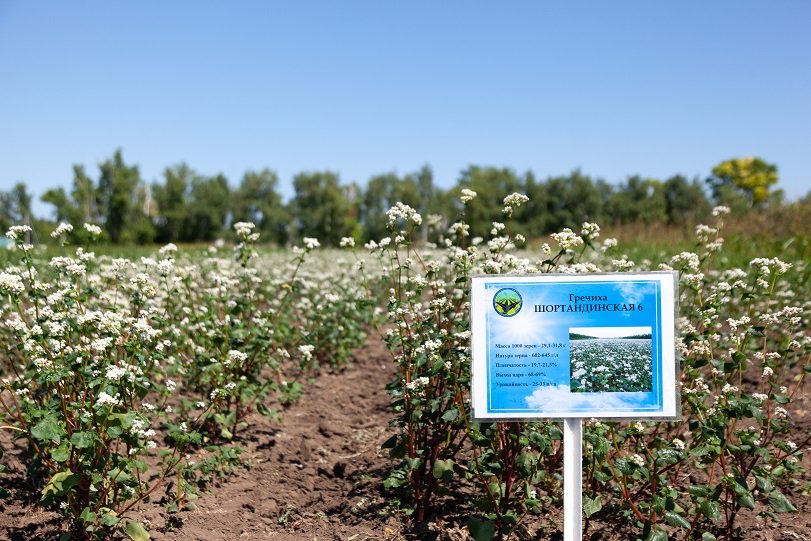
As a result of many years of research, crosses, breeding and testing, the moment of truth finally comes. The combination of all the necessary characteristics leads to the creation of a new variety of grain and cereal crops. The created variety is registered and launched into commercial production as a new breeding achievement. Due to the fact that the need for varieties of spring barley, spring oats, buckwheat and millet is huge, the selection of grain and cereal crops must be continued, strengthened and reached a higher level.
Irina Oshergina, Head of the Department
of legumes, grain fodder, oilseeds and cereals breeding
